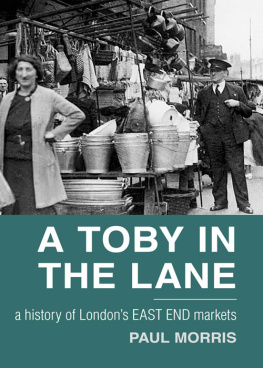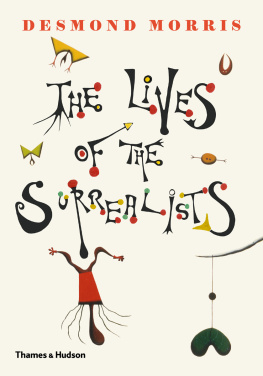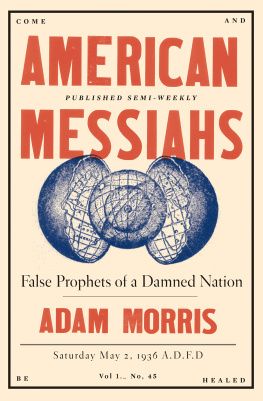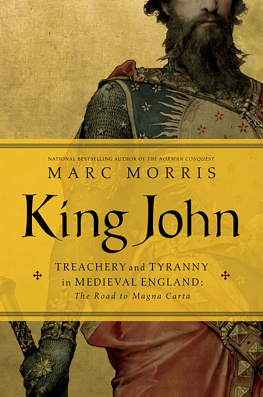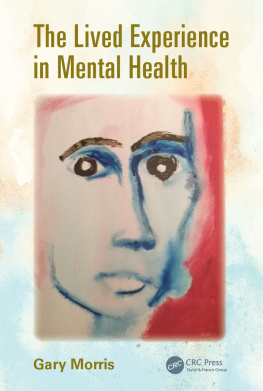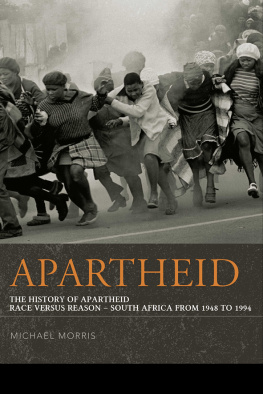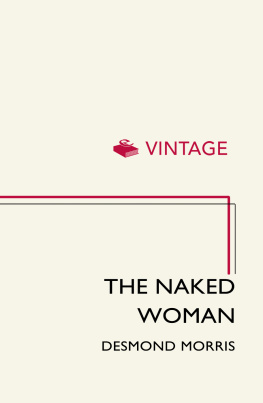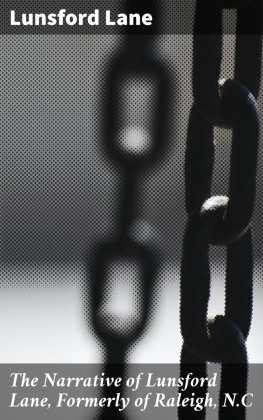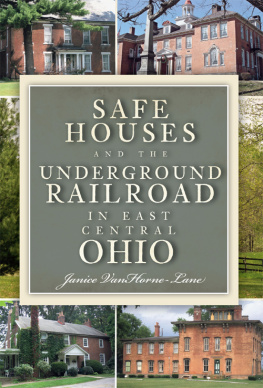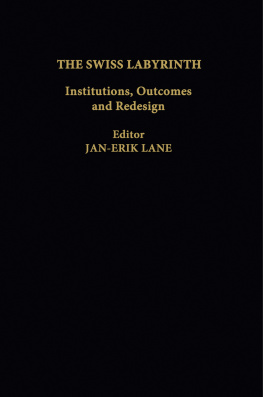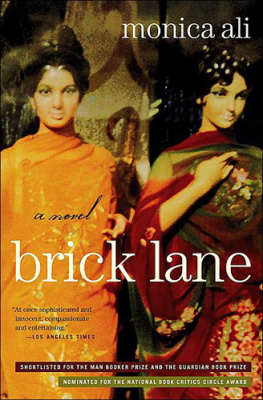

CONTENTS
I would like firstly to express my appreciation to my wife Penny, without whose support and patience this book would not have been written, and to Costa, Sarah and other family members, for their encouragement and help. Many market traders have shown thoughtful generosity and enthusiasm during the course of this project: in particular, Munir Ahmed, Charlie Burns, Joe Barnett, Nej Fehmi, George Ozpembe, Terry Dervish, Pat Thorpe, Denise Brown, Alan Langley, Byron Thane, George Gladwell and John Calcutt. In the text that follows, some names have been changed to protect identities.
I am grateful to the library staff at Bishopsgate Institute, particularly Stefan Dickers, and at Tower Hamlets Archives, particularly Malcolm Barr-Hamilton, for their kindness, generosity and expertise. Many thanks are also due to the staff of the Jewish Museum, the Museum of London and the London Metropolitan Archives, with whose help I gained a great many insights and much knowledge.
Numerous others have helped enormously, including David Saunders, Phil Maxwell, Eugene McConville and Stephen Watts, donating their time and effort to this book in the form of remarkable photographs and narratives. My thanks go also to my colleagues and employees at Tower Hamlets Council. Last but not least, I am grateful to Michelle Tilling at The History Press for endorsing the project in the first place.
From poacher to gamekeeper
Like many individuals in London I was not born in the capital, but came pursuing work, to explore and trial my ambitions. I was raised in the Lake District in Cumbria in exquisite rural surroundings that could be described as the antithesis to city life and, in particular, London. As a teenage lad, though, I had an early relationship with markets: my first job was working in the Cumbrian market town of Milnthorpe, assisting a market trader in setting up his shoe stall in the early hours of the morning before I went to school. I swiftly realised what a physically demanding job market trading was and still is but enjoyed the lively atmosphere and environment of the market. I had an additional job as a butchers assistant, where I learnt the essentials of trade and business.
My reason for leaving the North, however, was not markets but my passion for art. Following my ambition to paint and study I gained a place at art school in Cardiff. After my graduation in 1991 the inevitable move was to London to seek work and pursue an art career, but it soon became apparent that my art career would not support me financially, even though I enjoyed some exhibiting success.
While continuing to paint I searched for job opportunities. For a short time I worked for the British Museum, which helped to ignite a love for history, but I soon realised that Portobello market, which was close to where I lived in Harlesden, in north-west London, provided the ideal opportunity for work. So, like many new immigrants to the city, I started my first job as a market trader in one of the most famous street markets in London. My stall sold second-hand clothes (labelled designer before the popularity of the current vintage label) that I procured from an auction house in Tooting that sold on lost luggage from London Transport and British Airways. Lacking a vehicle, I would pay for a taxi to deliver me and three or four large sacks of clothes that I hoped would bring financial reward to the market.
I soon recalled that the life of a market trader was not an easy one, and making money was a lot harder than I had imagined. My business enterprise was flawed: with little money to finance the business, no vehicle and little help I was doomed to failure. Nevertheless, I enjoyed the experience: the sense of independence, alongside the lively banter and intoxicating atmosphere of a bustling market, never left me.
For a few years afterwards I worked in enforcement jobs, including in the parking sector, while continuing to pursue a creative art career. The job in parking was, of course, that of a traffic warden and, while I was grateful for the work, it was a thankless occupation, stressful and demoralising. When the opportunity came up to apply for a position as a market inspector in Tower Hamlets I jumped at the chance. From 1996, when I started the appointment as the new market inspector, or Toby, I have not looked back. The environment of the market, its history, its characters and its day-to-day drama are enticing and addictive. A few years into the role, during a discussion about my personal history with my new manager David Saunders, an ex-army officer, he exclaimed with delight that since I had once been a market trader but was now a market inspector I had made the transition from poacher to gamekeeper.
This book presents a chronicle of two of the most significant markets of London, Brick Lane and Petticoat Lane, and their relationship with authority. The two markets are a 10-minute walk apart, lying in the heart of the East End between Aldgate and Bethnal Green, and their history is synonymous with the plight of the East End its struggles with immigration and for social justice, its stoic endurance in difficult times and the contrast of present-day impending gentrification.
London, in its first incarnation, was a trading post of the Roman Empire. The area was carefully chosen for its estuarine location, where the trade and distribution of goods could easily be maintained. In subsequent centuries, as London grew, street trading became its lifeblood, creating an unparalleled number of markets, each serving its own communities and each offering a different character.
In medieval times markets developed in popularity alongside fairs. The markets of Cheapside, Newgate and Smithfield strove to feed the ever-growing tastes of the London population, and it became apparent over time that markets required regulation. Laws were brought in not only to legalise the right to hold a market within a certain locality but also to protect the customer. The entitlement to hold a market was typically granted by a Royal Charter. Laws determining market hours were quite strict and those who traded outside market areas and times were heavily punished. Many of these regulations still have an influence today and, indeed, their principal aim of consumer protection is more relevant now than it has ever been.
Two momentous events in Londons history, the plague of 1665 and the Great Fire of London of 1666, changed the appearance of the city forever. Citizens who lived in suburbs outside the citys gates were less affected by the latter event and, after a short period of time, there began a population explosion and property boom. The need for new trading areas became pressing as a result of an Act of Parliament of 1674 that banned street markets within the city walls and a growing populace in Londons growing suburbs, and it was not long before Petticoat Lane, just outside the walls, became perhaps the most important new market in London. With increased industrialisation in subsequent years the development of Brick Lane began.
These neighbouring markets would develop into the most famous street markets in London and, later, the world. They have been a cornerstone of Londons culture for over 400 years and continue to occupy a prominent place in the landscape and, indeed, in our aspirations and dreams. This book is about these two most important markets of London, both situated in the heart of the East End and within half a mile of each other. Petticoat Lane and Brick Lane are monuments to the culture of the city: they represent its beating heart that has kept its lifeblood flowing for generations. A city is as much about its people as its historical buildings, great paintings or museum artefacts, and there are no places more fascinating in Londons journey than these two markets, which have embodied so many different generations of Londons communities in all their aspects: hopes and struggles, riches and poverty, humour and sorrow, crime and degradation.
Next page
